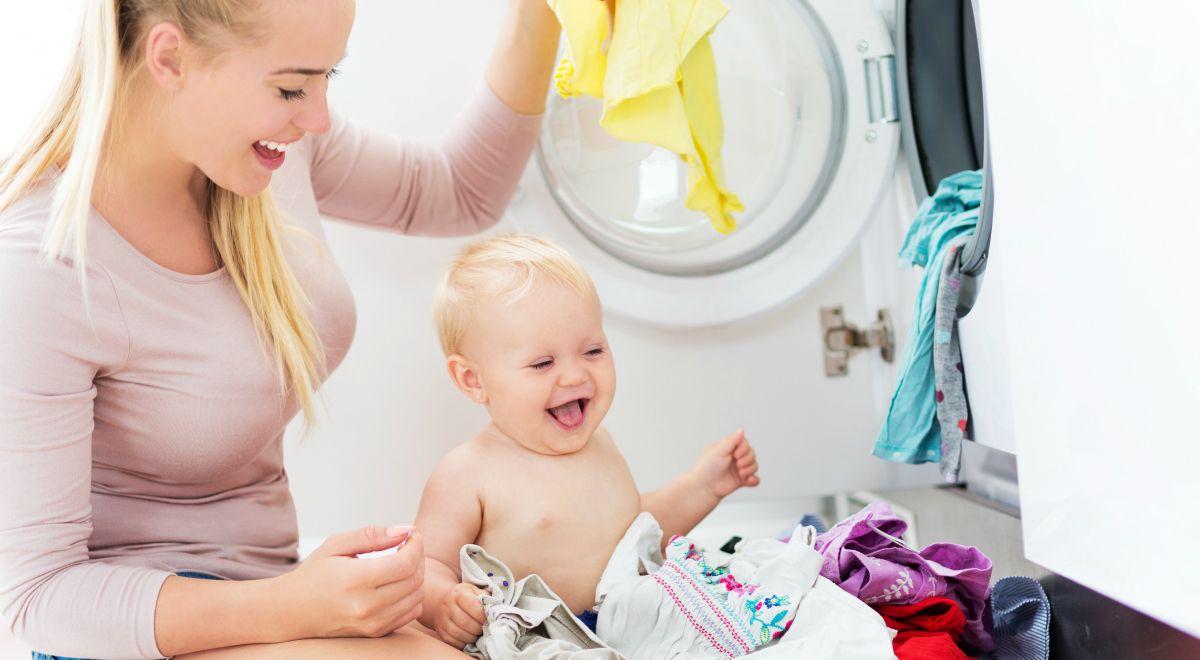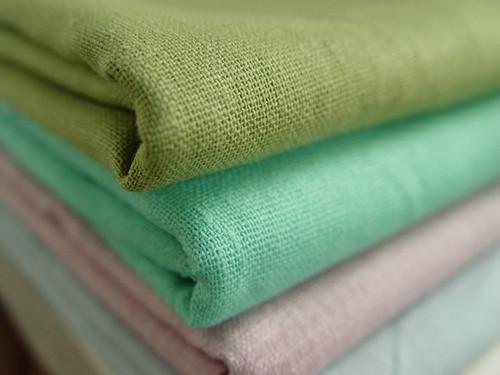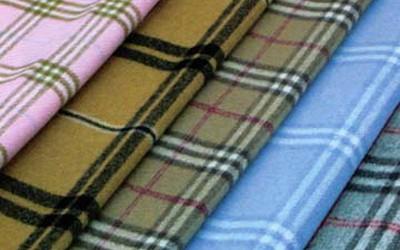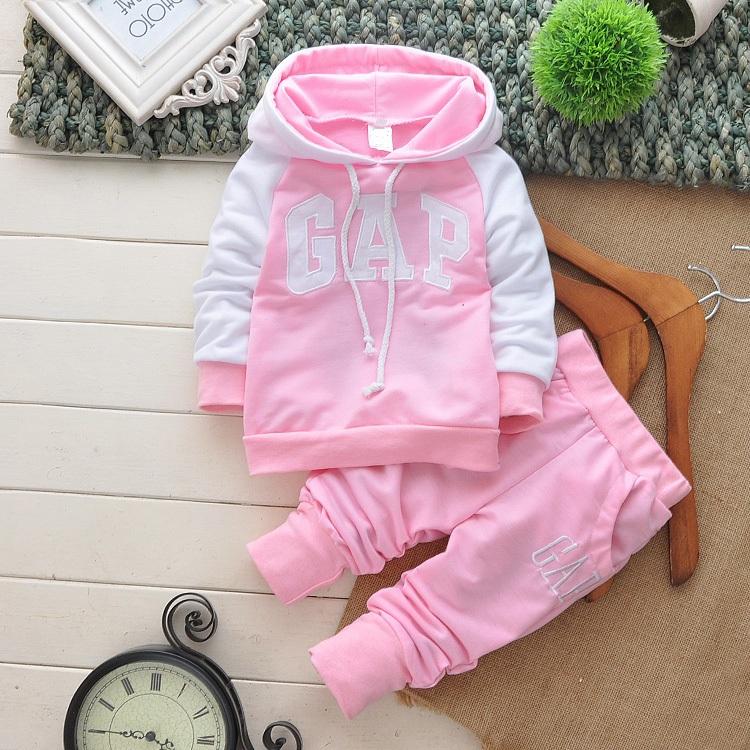Washing powder is available in every home and is an indispensable household helper. On the modern market, you can buy various types of laundry detergents, but most of them contain dangerous synthetic substances that can provoke allergic reactions if they come into contact with the skin. That is why many housewives prefer to make washing powder for an automatic machine with their own hands.
What is harmful household chemicals
Manufacturers of all kinds of cleaning products and detergents claim that their products are completely harmless to humans, because they contain a minimum amount of synthetic substances. However, when the components interact during the laundry cleaning process, they can provoke negative reactions, as well as be harmful to health.
Regular laundry detergent is made from phosphates, which have cleaning properties. These substances have the ability to penetrate into the fibers of the tissue, and if they come into contact with the skin, they can become toxic to the liver, kidneys, respiratory organs, and also provoke allergies, itching, and lead to a general deterioration in the body's defenses.
In addition, the content of detergent compositions includes surfactants, compounds that, even after 10 intensive rinses in hot water, can remain on the fabric.Surfactants can also get on the skin, and are often the cause of allergic reactions. As a rule, a product containing a large amount of surfactants is characterized by abundant foaming.
In addition to them, products may contain other components that are harmful to humans:
- formaldehyde;
- ammonium;
- enzymes;
- flavors;
- perfumes and other substances.
Trusting advertising, people out of habit buy dangerous chemicals, not suspecting that there is an alternative - homemade washing powder, which you can make yourself from simple ingredients.

There are many chemical components in store-bought powders. That is why mothers prefer to wash children's clothes using their own powder, since in this case they know exactly its composition and can change it at any time.
Advantages and disadvantages of home remedies
The main advantage of homemade powders is the absence of chemicals and dangerous compounds in their composition. In addition, there are other positive aspects:
- small financial costs in their manufacture;
- efficiency in washing clothes;
- exclusion of negative reactions and allergies;
- no unpleasant odor after washing;
- the possibility of their use in automatic machines.
The disadvantages of natural detergent products are:
- preparation of washing powder takes some time;
- due to the content of soap, traces may remain on things. You can get rid of this problem by adding wine vinegar during rinsing;
- in addition, the soda contained in the composition can adversely affect the skin of the hands. This can be avoided by using gloves.
Making eco-friendly laundry detergent is very easy. Such a product will last for a long time, and it will adequately replace purchased detergent chemistry.
What components will be needed
Usually, to prepare a homemade laundry detergent, they use:
- Dark soap is one of the best substances for washing heavily soiled laundry. Softens the threads, which is especially important when washing children's clothes.
- To whiten things, baking soda is used, which has excellent cleansing qualities. The product penetrates deeply into the fibers, prevents their damage, eliminates odors, and also helps to achieve the whiteness of linen.
- Soda ash or sodium carbonate. It has the same properties as food, but its concentration is much higher. In addition, it will help soften the water.
- Boric solution or borax. A substance with disinfectant properties that is used in the manufacture of children's detergents. Sold in hardware stores, pharmacy chains and specialized points of sale of cosmetics.

It is best to grind the components for washing powder in a food processor.This will achieve the perfect consistency, in which the mixture will completely dissolve in water, leaving no marks on clothes.
Aromatic oils are used to give a pleasant smell to clothes. These substances disinfect things well and can remain on the fibers for a long time. In contact with the skin, they have a positive effect on the human body:
- most often in washing children's clothes, tea tree is used, which is distinguished by its ability to destroy fungi;
- orange and lemon oils, as well as bergamot remove greasy stains;
- mint, eucalyptus will help to quickly defeat a cold;
- chamomile and lavender will calm the nervous system;
- jasmine and rose oils will give the linen a unique delicate aroma.
- mustard disinfects tissues well, eliminates various contaminants. The product is often used when washing by hand - because of the ability to swell and clog the hoses of the automatic machine.
- citric acid softens the fibers of things, gives them a pleasant aroma and freshness, removes stains, and can be used to wash woolen and silk things.
- Vinegar is added to soften the fibers and bring freshness to clothes. Acetic acid should not be poured into an automatic machine. Most often it is used for washing by hand. If you mix vinegar and washing powder, you can remove stains, give things a "second life", and also keep their color. In addition, vinegar reduces the hardness of water, enhances the quality of detergents.
cooking recipes
Natural handmade cleaning products are completely safe and can effectively deal with heavy dirt. It can be used not only for cotton, but also for washing synthetics, as well as bleaching clothes.
There are several options for preparing detergents, while their components may differ slightly.
Dry products
Each type of fabric has its own recipe for making a homemade detergent:

Cotton and linen
To prepare a bulk product for cleaning cotton and linen items, you will need:
- 72% laundry soap - 0.5 pieces;
- 1 pack of baking soda;
- 400 g sodium carbonate;
- ¼ cup salt;
- 2-3 drops of aroma oil.
This recipe uses dark soap, which is pre-dried slightly: for this, it is placed in the sun or near the battery. The soap is rubbed on a grater, mixed with the rest of the ingredients. Aroma oil is already added to the finished composition. After that, the mixture is thoroughly mixed. This product effectively removes stains and helps preserve the color of clothes.

Synthetics
To wash artificial fabrics well, you can prepare the following mixture:
- laundry soap - 1 piece;
- sodium carbonate - 1 pack;
- baking soda - 1.5 packs.
Other ingredients are added to the previously grated soap, mixed thoroughly.

Wool and silk
To wash silk or woolen items, you can use this method:
- 1/2 bar of laundry soap;
- 1 pack of salt;
- 50 g citric acid.
Instead of salt, you can use regular baking soda. This option does not apply to colored items.The remaining components are placed in the soap shavings, the resulting mass is placed in the washing machine.

Kids' things
The following laundry detergent recipe is perfect for gentle cleaning of children's things. The necessary components are:
- laundry soap - 1 piece;
- baking soda - 1 pack;
- borax - 200 g;
- tea tree oil - a few drops.
The soap is rubbed, mixed with soda and borax, after which a few drops of aromatic oil are dripped into the composition.
Liquid products
You can also make a washing powder machine at home in liquid form. This will require:
- any aroma oil - 20-30 drops;
- borax - 100 g;
- sodium carbonate - 200 g;
- laundry soap - 200 g;
- water - 20 l.
Soap is crushed with a grater, transferred to a large saucepan, poured with a small amount of water to cover the soap shavings.. The mass is boiled over moderate heat until the soap dissolves and a mixture of a homogeneous consistency is obtained. After that, half boiling water, borax and soda are poured into the pan. The composition is thoroughly mixed, the remaining water is poured out, tightly covered and kept overnight.
After cooling the liquid, aroma oil can be added to the mass. The liquid detergent product is stored in a tightly closed container in a cool place.
How to use correctly
A natural bulk product is used in larger quantities than a purchased one: for 5 kg of clothing, 200 g of a home-made product will be required.
When using a liquid solution, 100 g of the composition per 6 kg of laundry will be required. When using household detergents, you can choose the usual mode of operation of the machine.
Any housewife can prepare a homemade laundry detergent, however, to get an excellent result, it must be used correctly, observing the recommended proportions. Reviews of many women testify to the safety and effectiveness of home-made products that can perfectly replace purchased chemicals.
